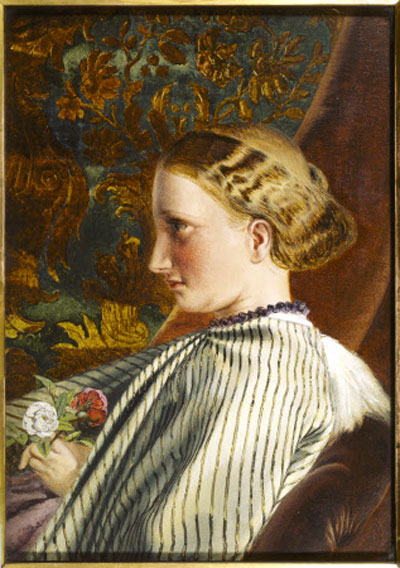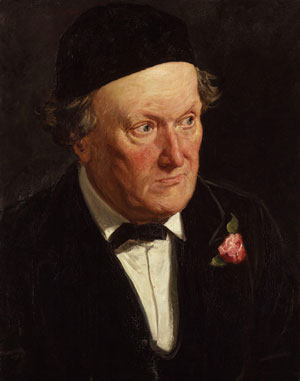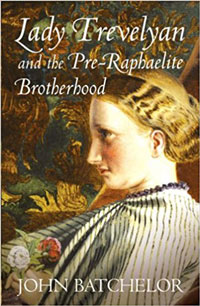Lady Trevelyan - a Diary entry
And so to that diary entry. It is from Vol. 21 (she wrote a lot). It describes the approach to Venice by sea in the summer of 1842. I have kept the notation style and much of the quirky punctuation and spelling of the original as relayed in Batchelor’s book. She begins with: ‘the night was splendid and the moon light lovely & the sea like a mirror’
And then, following a few passages grumbling over the behaviour of some of the ship’s company which were not to her liking, she continues
‘About 5 (24th July) ... Caly [her husband] called me up to see the towers of Venice – I was sorry he had done so, for, instead of seeing them rising from the ocean they peered over the tops of a sandbank like a dutch town – we crept slowly along for the lagunes are so shallow that it requires great care.
A man sounded the depth with a pole every ½ minute. The views at first were like Dutch pictures smooth waters, & boats, & mud banks. And it was not till fairly opposite the city that the full beauty & magic of the ocean Queen broke at once upon us – and then indeed while one sweeps before places, and gardens, and porticos, & stairs, ad sculptured magnificence, the scene more than realises all those dreams that Venice more than any other place in the world has long ago inspired – then one after another all those buildings so well known so often imagined, rise beside, before & round us – St Georges island – S Marks – the Ducal Palace – Sta Maria della Salute, the fatal columns the wide piazza – one knew not which way to look – for all is beautiful all is of the past – that strange mysterious Venetian past where all that is gay & festive, song & revelry & carnaval & procession, blend with torture & tyranny – midnight murder & hopeless imprisonment – where Tassos verses echoed over moonlit waves – where Titian made beauty immortal – where ‘Cupids rode the lion of the deeps’ - & where Carrara – Carmagnola Faliero & hundreds, ever the best & the bravest of this ungrateful city, sunk into their bloody tombs & Foscaris broken heart found repose in the grave – such a strange mixture of feeling comes over me at first sight of Venice – admiration, and pity – indignation at her crimes, sorrow for her degradation – that one seems in a confused dream – not in a living city of this world & this age.
The morning was cloudless, the pure pale sky & the cool tints of this early hour were like Canaletti’s best pictures – and as, leaving the steamer, we floated silently over the still canals, we met boats laden with splendid fruits coming from the mainland with brilliant colours reflected in the water.’


